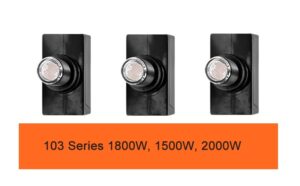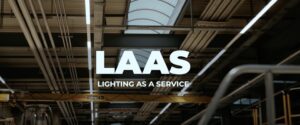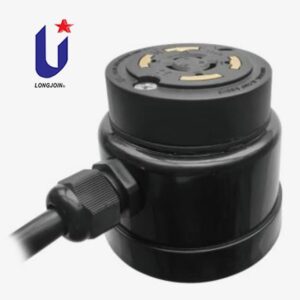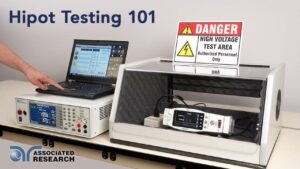Outdoor Street Light Photocell Insulation & Dielectric Withstand Testing: JL-103B & JL-411-24D Achieve 3000V/1s Zero-Failure
Introduce
In the era of smart-city lighting, outdoor “photocell safety” determines project success or failure. A single thunderstorm can turn sub-par photocontrols into short-circuit fire hazards. Not with us!
As a 20+ year specialist in photocell manufacturing, holding 50 % U.S. market share and 30+ patents, Shanghai Long‑Join Intelligent Technology Co., Ltd. dives deep into the JL-103B (button thermal photocell) and JL-411-24D (low-voltage electronic photocell).
We break down insulation resistance and dielectric withstand (Hi-Pot) testing principles, standards, purposes, and metrics — based on UL 773A, IEC 60598‑1, and our in-house high-voltage lab data.

Why Are Insulation & Dielectric Tests the “Lifeline” of Photocell Reliability?
What makes these tests vital in outdoor lighting systems? Outdoor photocontrols (photocell lighting sensor systems) have to withstand constant rain, fog, heat, lightning surges — and a failure on a busy street can result in outages, safety hazards, or fire. UL 773A covers non-industrial photoelectric switches for lighting control.
At Long-Join, we run our 15,300 m² automated factory plus an internal high-voltage lab to assure 100 % batch sampling. Our JL-103B (120-480 V municipal street version) and JL-411-24D (24 V DC solar/smart systems version) carry a >10-year expectancy.
We serve numerous outdoor applications: street light controller roles, dusk-to-dawn photocell sensors, smart city lighting control networks.
Key pain-points we solve for lighting manufacturers, specifiers, and system integrators:
- Legacy photocells are failing after a few storms
- Low insulation resistance leading to leakage and premature failure
- Inadequate dielectric withstand capacity meaning risk of arcing under surge
- Certification hurdles (UL/CE) limiting market access
By performing 1,000 V class tests (insulation resistance) and high-voltage AC withstand (3 kV/1 s) we eliminate those risks.
Why Are Insulation & Dielectric Tests the “Lifeline” of Photocell Reliability?
An insulation resistance test uses DC voltage, usually 500 V. It goes between live parts (line and neutral) and case or ground to check its insulation—epoxy resin or ceramic—resistance to current. Good insulation resists ion migration, giving leakages in the µA range.
These tests identify internal cracks, moisture ingress, poor material bonding — all of which degrade over time, especially outdoors.
How do the standards compare for insulation resistance testing?
Standard | Test Voltage | Min. Resistance | Test Time | Environment |
UL 773A | 500 V DC | ≥100 MΩ | 60 s | Room temp, dry |
IEC 60598-1 | 500 V DC | ≥100 MΩ (enhanced) | 60 s | 23 °C ±5 °C |
Long-Join Internal | 500 V DC | ≥500 MΩ | 60 s | 100 % batch |
What are the core purposes of this test in a B2B/industrial context?
- Shock prevention: Human body resistance is about 1 kΩ. Insulation with less than 1 MΩ leakage can cause a shock.
- Quality control:Finds defects like voids, bubbles, and cracks.
- Outdoor resilience: With IP54+ protection on the photocell switch, it still delivers ≥500 MΩ. That keeps it stable in damp or polluted outdoors.
In our factory data: JL-103B measured ~820 MΩ; JL-411-24D measured ~1.2 GΩ using a Megger MIT525.
What do the metric results tell you?
- >500 MΩ: Premium level, minimal impact from temperature/humidity
- 100-500 MΩ: Acceptable pass per standards
- <1 MΩ: Fail — high risk of leakage and safety hazard
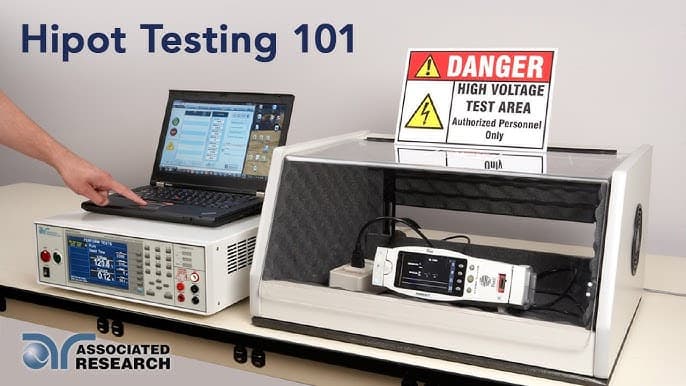
What Is the Dielectric Withstand Voltage Test (Hi-Pot) and Why Does It Matter?
The dielectric withstand test uses a high AC or DC voltage. It goes between the live parts and the housing. This checks if the insulation breaks down or if too much current leaks. Weak spots inside the device (air gaps, impurities) will arc under high electric field stress — effectively simulating lightning surges or grid transients.
The test confirms the insulation barrier integrity and the ability of the device to survive surges and remain safe under fault conditions.
How do relevant standards compare for dielectric withstand testing?
Standard | Test Voltage | Duration | Leakage Limit | Frequency |
UL 773A | ~2500 V AC (for ≤300 V rated) | 60 s | ≤5 mA | 60 Hz |
IEC 60598-1 | 1500 V AC + 2×Rated | 60 s | ≤1 mA (recommended) | 50 Hz |
Long-Join Enhanced | 3000 V AC / 1 s | 1 s | ≤1 mA | 50/60 Hz |
Note: Our 3000 V/1 s criteria translates to higher testing energy than the ~2500 V/60 s scenario — we make the test stricter to ensure robust field performance.
Why is this test so important for outdoor photocell lighting control systems?
- Extreme validation: Covers >3000 V surges which occur during thunderstorms or lightning strikes near mains.
- Factory gatekeeper: We use it for 100 % batch sampling, ensuring no unit with marginal insulation leaves the factory.
- Certification necessity: Many markets require listed devices under UL/CE to go through dielectric withstand testing.
- Real-world impact:In outdoor street lighting with dusk-to-dawn photocell switches, surges can make them fail. That failure can cause fixture damage, city liability, and a service outage.
What do the results tell us in practical terms?
- 3000 V rating: Covers a large majority of grid surge anomalies seen in street lighting.
- Leakage ≤1 mA: Safe threshold. Typical human body let-through current for shock risk is ~5 mA.
- No breakdown: Insulation is intact, device can handle up to ~3× its rated voltage stress event.
Our factory results: JL-103B recorded ~0.3 mA leakage at 3000 V; JL-411-24D recorded ~0.2 mA. Additional surge protection: 6000 V (1.2/50 µs) included for premium risk environments.
How Do JL-103B & JL-411-24D Perform in Factory Testing?
Here’s an excerpt from our factory test report:
Test Item | JL-103B (Thermal Photocell) | JL-411-24D (Electronic Photocell) | Equipment |
Insulation Resistance | 820 MΩ @ 500 V DC | 1.2 GΩ @ 500 V DC | Megger MIT525 |
Dielectric Withstand | 3000 V AC / 1 s / 0.3 mA | 3000 V AC / 1 s / 0.2 mA | Hipot GK-III |
Surge Protection | 6000 V (1.2/50 µs) | Built-in TVS surge protection | — |
Batch Sampling | 100 % | 100 % | — |
The above results demonstrate that our models exceed standard requirements — delivering a higher margin of safety for outdoor street lighting applications, dusk to dawn control, and smart city remote control architectures.
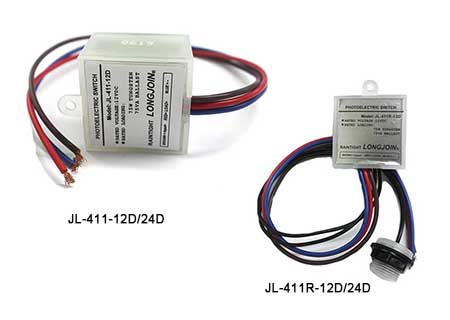
What Are the Common Mistakes and How Does Long-Join Address Them?
Mistake 1: Relying only on nominal voltage rating (e.g., “rated 120 V”) without checking surge or withstand voltage performance.
How we address it: Our data shows 3000 V/1 s performance — far beyond nominal ratings.
Mistake 2: Accepting insulation resistance just above the standard threshold (100 MΩ) for outdoor use.
How we address it: We set our internal bar at ≥500 MΩ to build margin for real-world ageing, contamination and moisture.
Mistake 3: Deploying indoor-grade photocell switches in outdoor environments.
How we address it: JL-103B and JL-411-24D are made for outdoor street lights. They use rugged housings, IP54+ ratings, and surge protection.
Mistake 4: Specifying but not verifying certification and test reports.
How we address it: We share full batch test reports for each production run. You can view them on our website, like LJ-TP-2025-10-001.
What’s the Bottom Line for OEMs, Contractors and Smart-City Integrators?
- Picking a quality outdoor photocellor street-light controller takes care. It’s more than a purchase. You’re backing the whole system to stay reliable for years, even in tough weather conditions.
- At Long-Join, our 20+ years in photoland, 50 % U.S. market share, and 30+ patents underline our credibility.
- Choosing models like JL-103B and JL-411-24D means selecting proven insulation resistance (≥500 MΩ) and dielectric withstand (3000 V/1s) performance that exceed standard requirements.
- This leads to fewer failures, fewer service calls, improved uptime, and lower risk for municipalities or lighting manufacturers.
Conclusion
For photocell switch specifiers, outdoor lighting manufacturers, and smart-street-lighting contractors, 3000 V dielectric withstand plus ≥500 MΩ insulation resistance should be your gold standard.
Our JL series exceeds that standard and positions you for long-term reliability — reducing risk, future-proofing installations, and enabling smart-city readiness. Dive deeper on our site for spec sheets and batch test reports at long-join.com.

